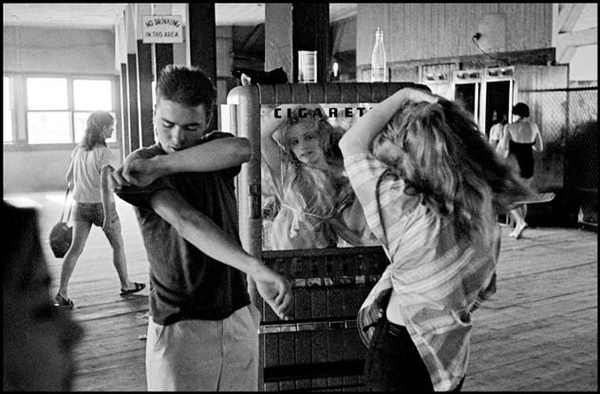
Coney Island, NY. 1959. From Brooklyn Gang – Bruce Davidson/Magnum
We can all learn a great deal by studying the work of photographer, Bruce Davidson. Born near Chicago in 1933, Davidson has extensively photographed for over 50 years, including subjects such as the Civil Rights Movement in the early ’60s, circus performers, a Brooklyn gang, Spanish Harlem, and a five year project on New York’s subway system in the gritty days of the ‘80s. A few of his main influences were Robert Frank, W. Eugene Smith, and Henri Cartier-Bresson. Davidson joined the Magnum photo agency in 1958.
Besides Davidson’s intimate photographic style, which you need to view a few of his projects in their entirety to get a feel for, there are a few very important lessons that he can teach you about your own work.
Much of Davidson’s work was focused on series and projects. One of his most important works is East 100th Street, where he captured life within a single block in East Harlem in the late ’60s. While many photographers may have tried to capture East Harlem in its entirety, Davidson honed in. He got familiar with a smaller area with a lot of life, and told broad stories by narrowing the subject matter. By focusing on a small part of a large area, he was able to become much more familiar and intimate with his subjects.
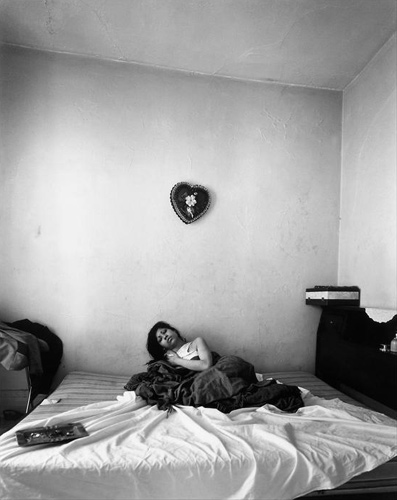
East 100th Street, Spanish Harlem, 1966 – Bruce Davidson/Magnum
Davidson also spent time following a Brooklyn gang of youths called the Jokers in 1959, and he created a series of civil rights work when he following a group of freedom riders in the south (in 1961) through dangerous situations.
Besides his technical ability, one of Davidson’s main strengths was figuring out where the interesting stories were and putting himself where the action was. Then, he got close and familiar to his subjects. That idea might make you nervous, but based on some of his writings you can see that he was nervous at points as well. However, he did not let that stop him from doing it. He got close with his subjects and this closeness is shown within his images. It is one of the most important aspects of why his photographs are so successful.
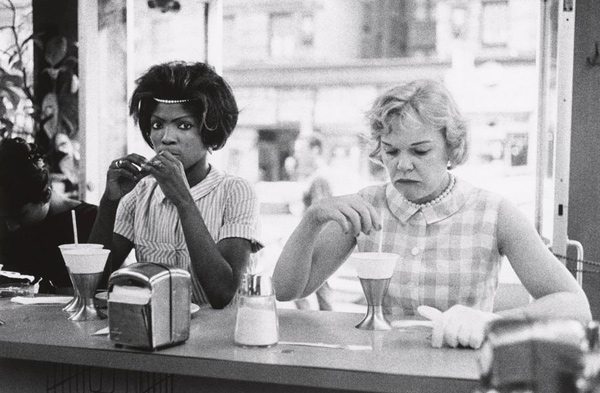
New York City, 1962 – Bruce Davidson/Magnum
While this intimacy was very important in his work, Davidson did not seem to think of himself as a documentary photographer, stating, “Documentary photography suggests you just stand back, that you’re not in the picture, you’re just recording. I am in the picture, believe me. I am in the picture but I am not the picture.”
Starting in 1980, Davidson began an extensive five year project documenting the New York Subway system. The subway project is what hits closest to home for me, and it is inspiring to read about. When you visit New York City it is interesting to compare his photographs to the modern day look of the subway system. It helps to see your own work through this perspective. How would he do his project today? The subway system looks so much different, so how can I also capture it in an interesting way?

NYC Subway, 1980 – Bruce Davidson/Magnum
When talking about prolific photographers, it is easy to think that we cannot repeat their success. They seem bolder and more fearless. However, when you read Davidson’s quotes about the project, he does not sound much different than any of us would probably feel. He was just self aware enough and able to push through it. It is inspiring to say the least.
“As I went down the subway stairs, through the turnstile, and onto the darkened station platform, a sinking sense of fear gripped me. I grew alert, and looked around to see who might be standing by, waiting to attack. The subway was dangerous at any time of the day or night, and everyone who rode it knew this and was on guard at all times; a day didn’t go by without the newspapers reporting yet another hideous subway crime. Passengers on the platform looked at me, with my expensive camera around my neck, in a way that made me feel like a tourist—or a deranged person.
It was hard for me to approach even a little old lady. There’s a barrier between people riding the subway—eyes are averted, a wall is set up. To break through this painful tension I had to act quickly, on impulse, for if I hesitated, my subject might get off at the next station and be lost forever. I dealt with this in several ways. Often I would just approach the person: “Excuse me. I’m doing a book on the subway and would like to take a photograph of you. I’ll send you a print.” If they hesitated, I would pull out my portfolio and show them my subway work; if they said no, it was no forever. Sometimes, I’d take the picture, then apologize, explaining that the mood was so stunning I couldn’t break it, and hoped they didn’t mind. There were times I would take the picture without saying anything at all. But even with this last approach, my flash made my presence known. When it went off, everyone in the car knew that an event was taking place—the spotlight was on someone. It also announced to any potential thieves that there was a camera around. Well aware of that, I often changed cars or trains after taking pictures.”
Read more from Davidson on this project: Train of Though: On the ‘Subway’ Photographs. Now it’s time to explore Davidson’s work and think about a photographic project that you can do in your own area.
Subway.
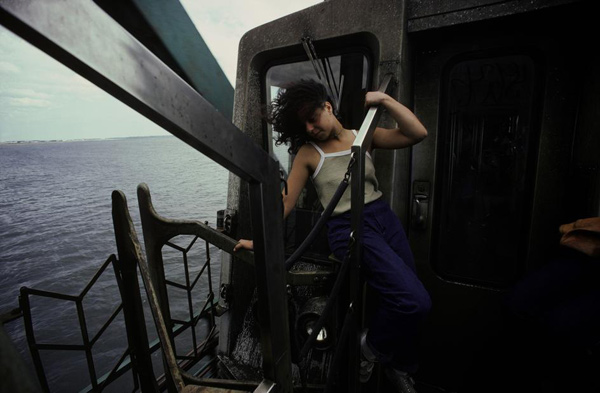
NYC Subway, 1980 – Bruce Davidson/Magnum
Brooklyn Gang.
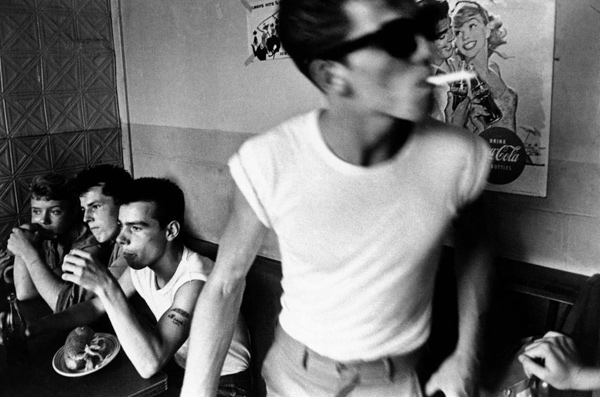
Brooklyn Gang, 1959 – Bruce Davidson/Magnum
East 100th Street.
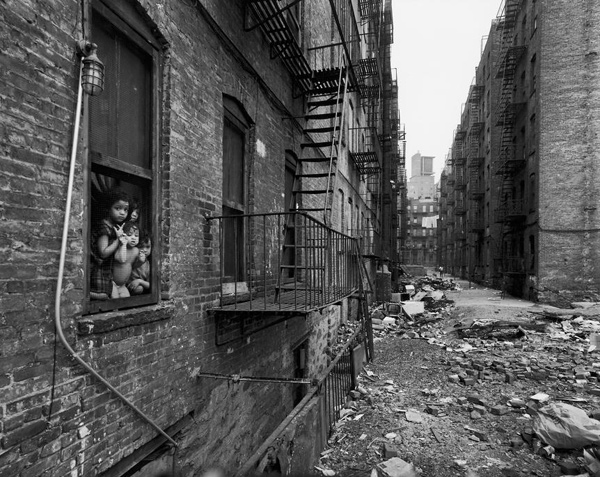
East 100th Street, Spanish Harlem, 1966 – Bruce Davidson/Magnum
Circus

The Dwarf, Circus, Palisades, NJ. 1958 – Bruce Davidson/Magnum
Times of Change: Civil Rights. 1961-65.

Birmingham, Alabama, 1963 by Bruce Davidson/Magnum
The post Masters of Photography: Bruce Davidson, Master of the Subway by James Maher appeared first on Digital Photography School.

Digital Photography School

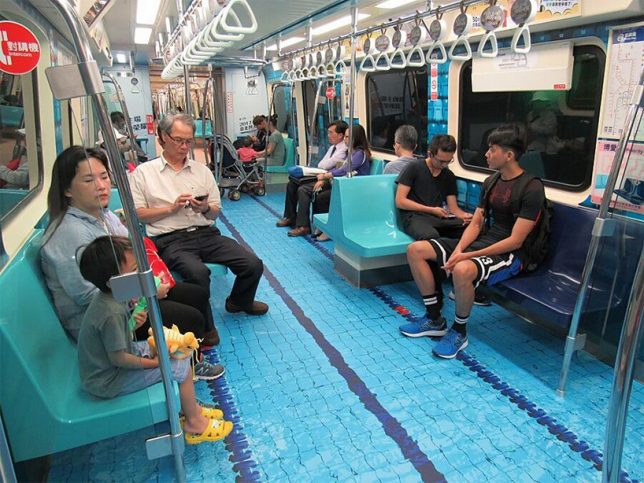

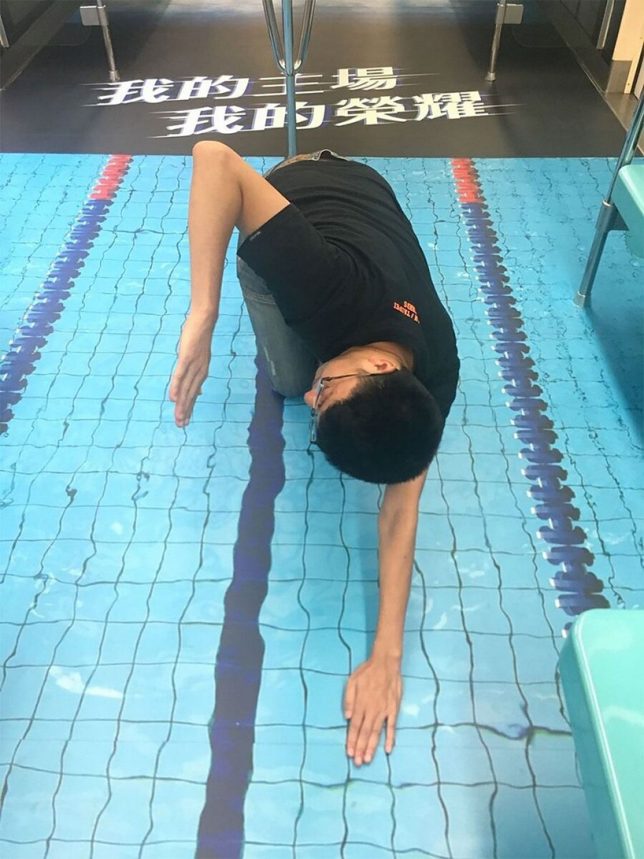
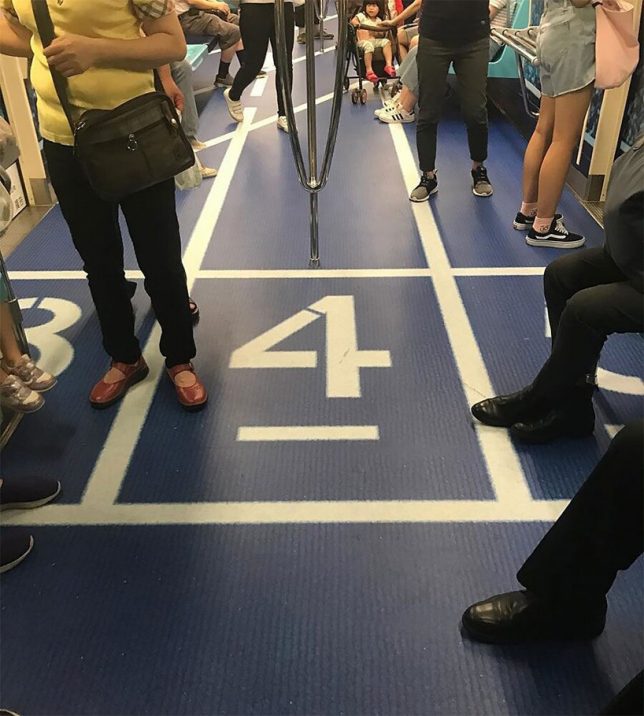
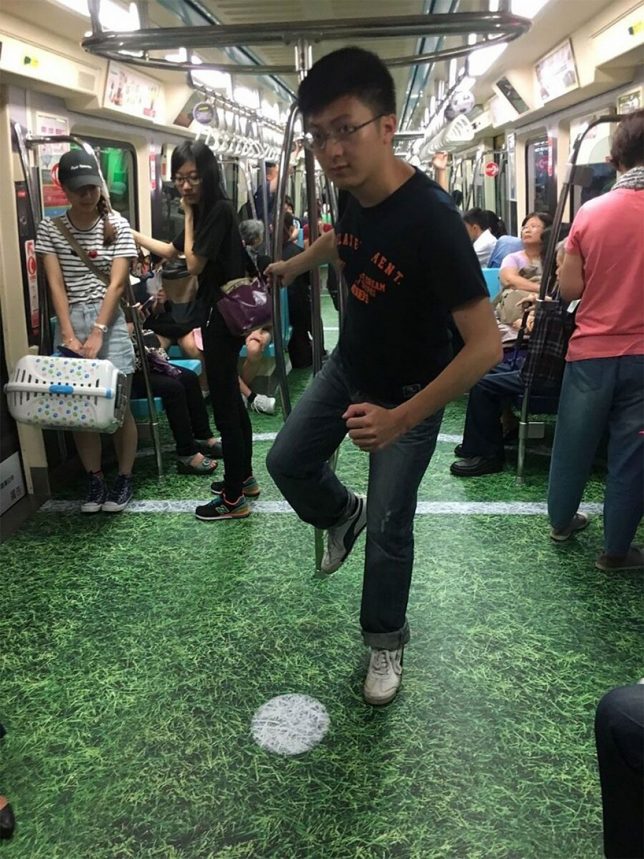
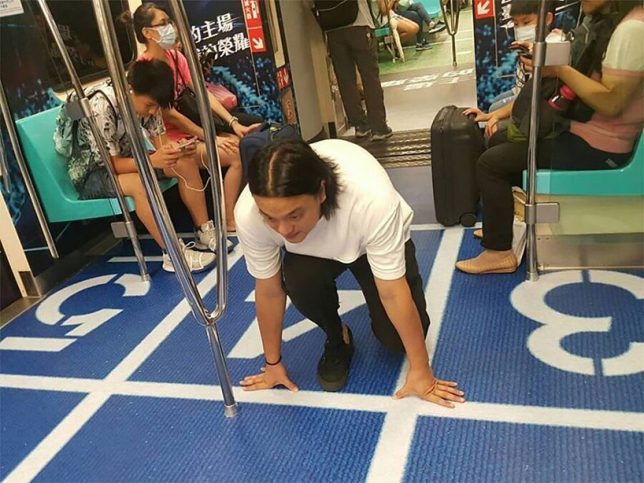





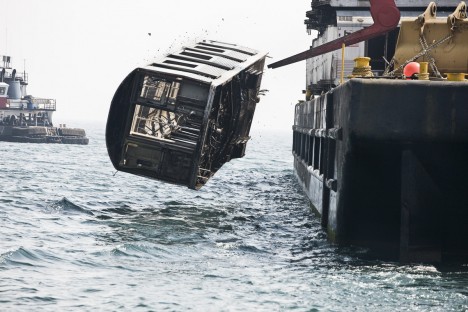
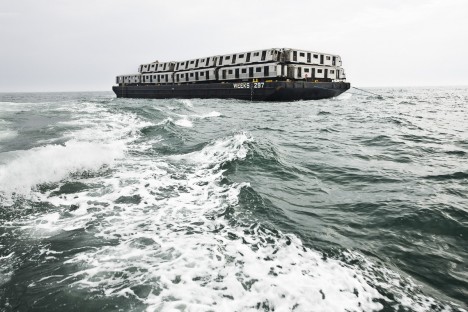
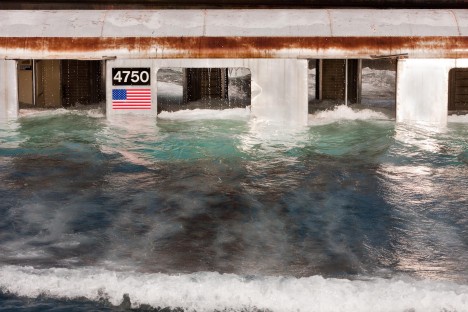
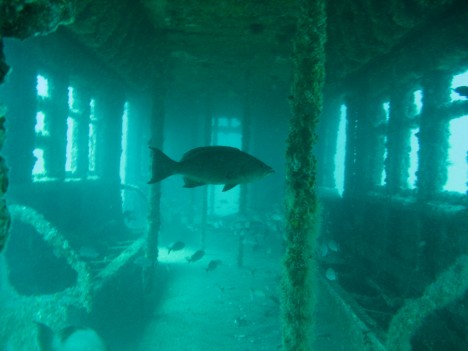
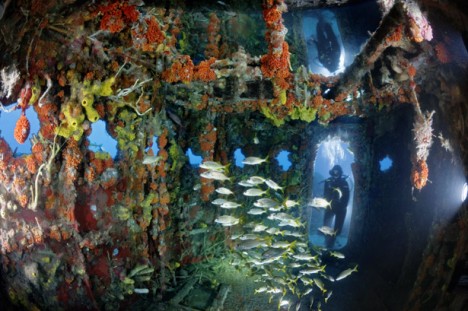
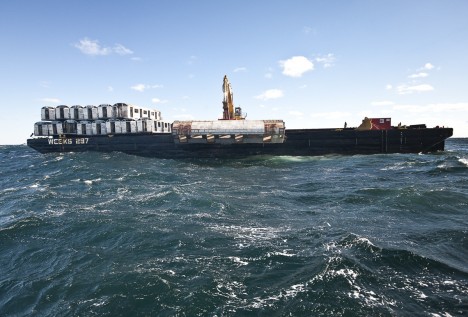

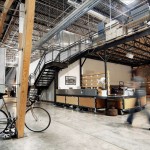





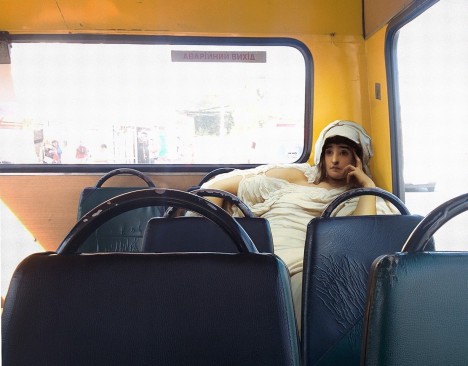
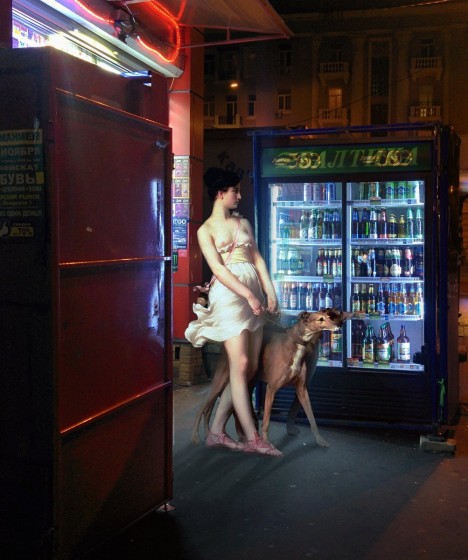

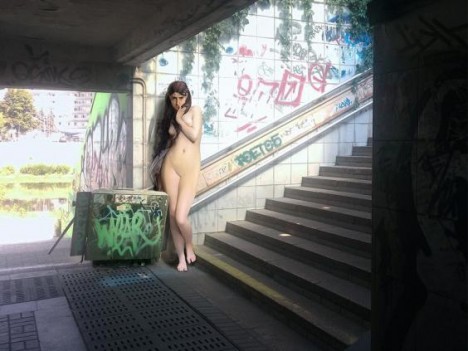
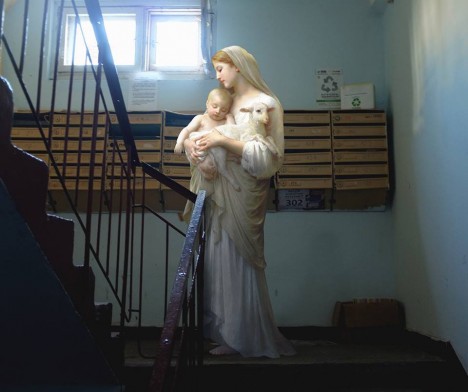
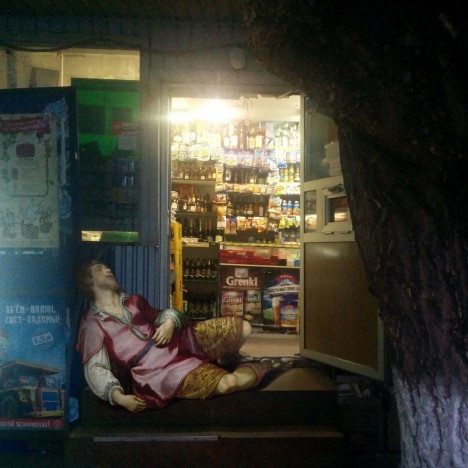

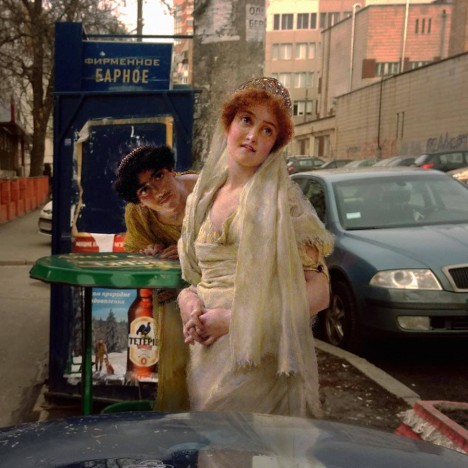
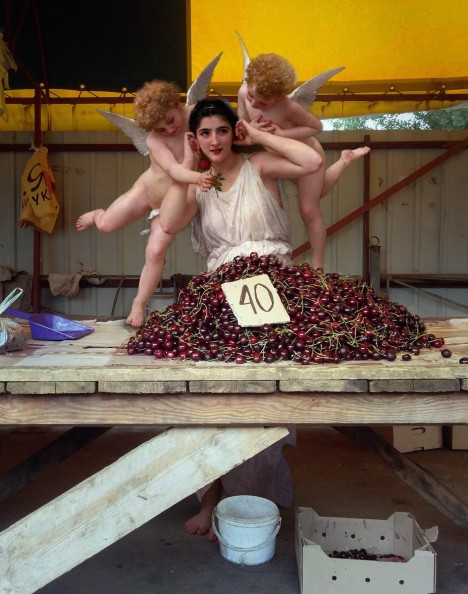
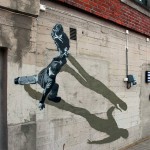


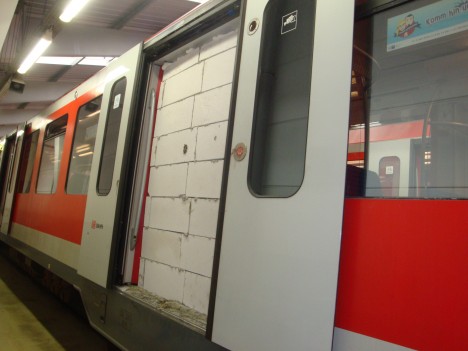
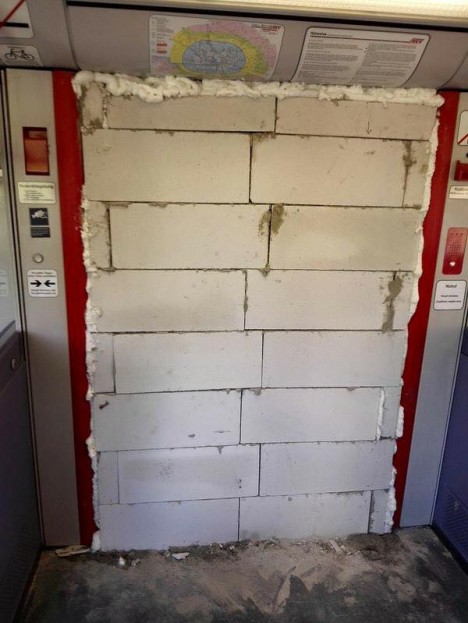
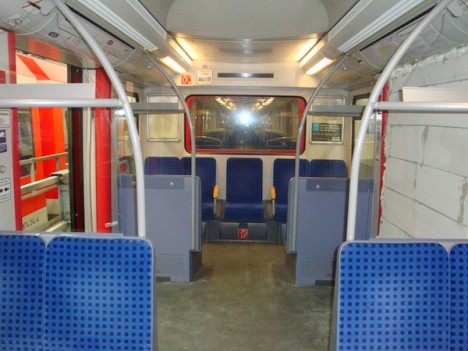
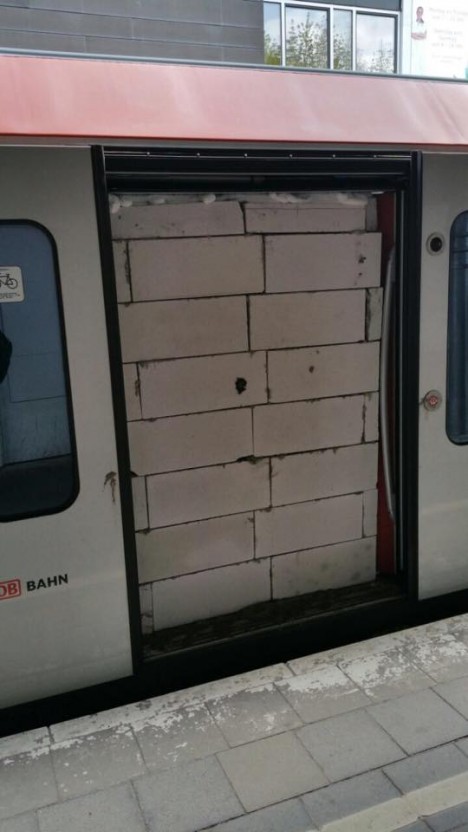
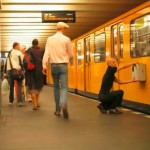
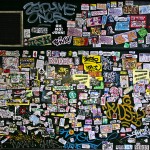
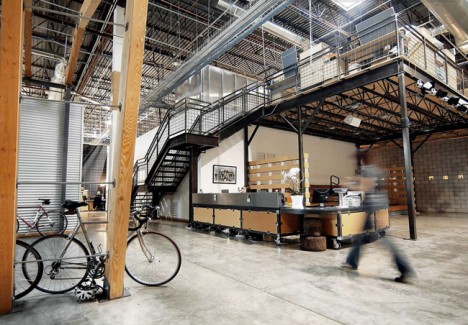

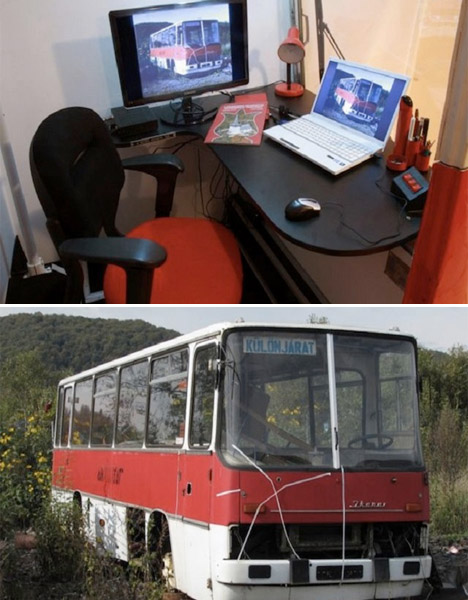
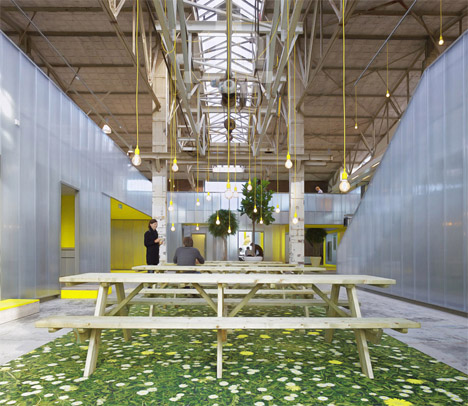
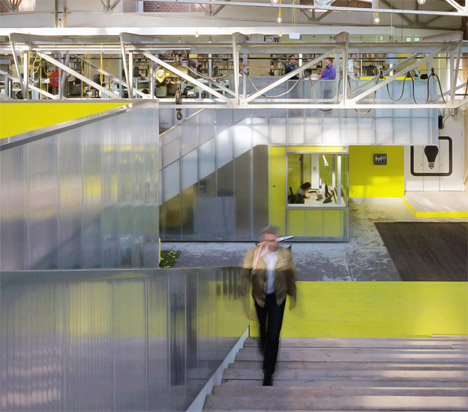
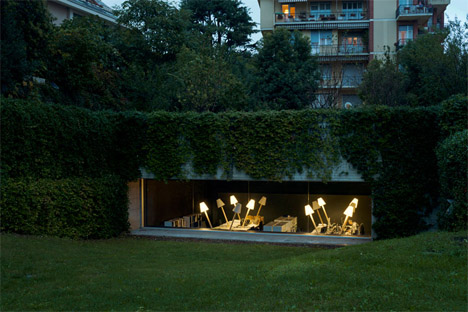

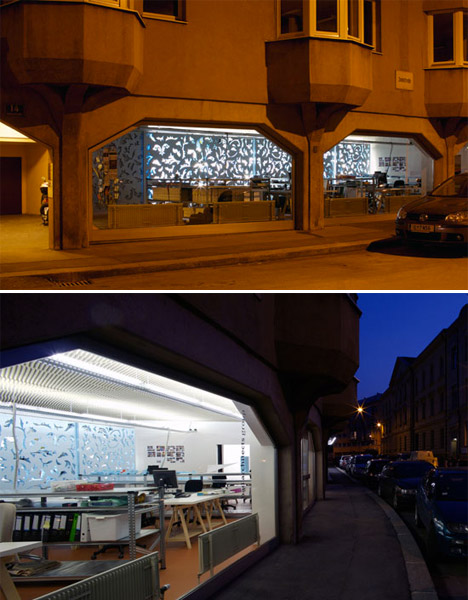
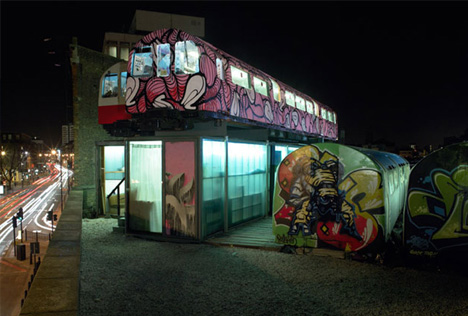
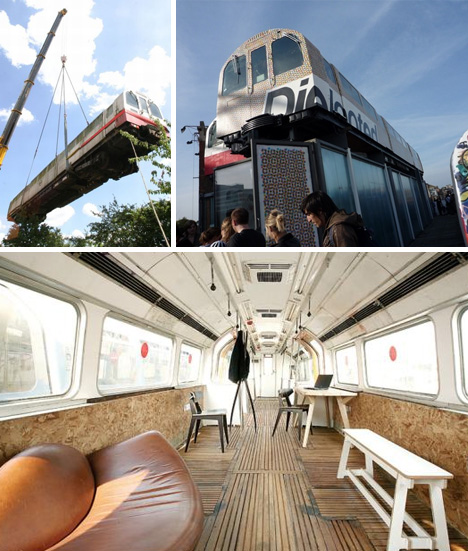

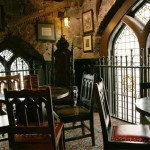










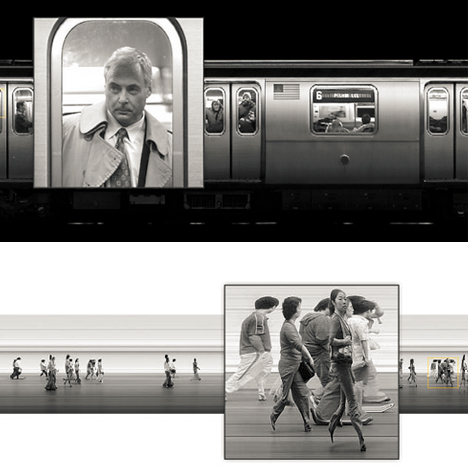

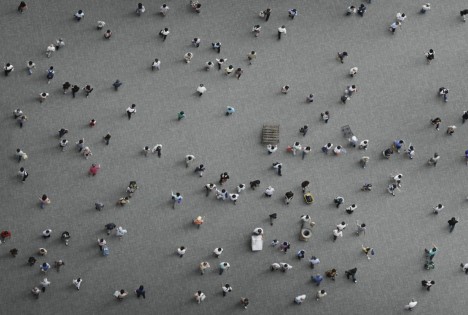
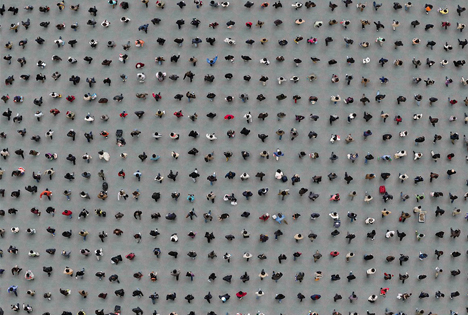
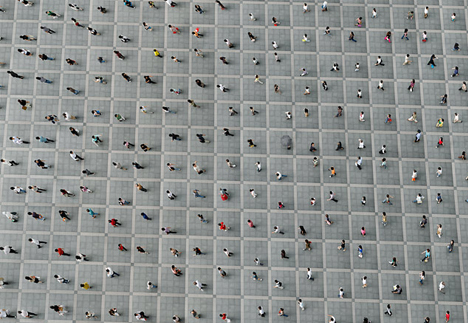
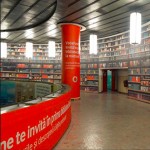
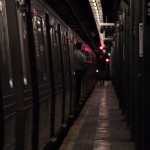
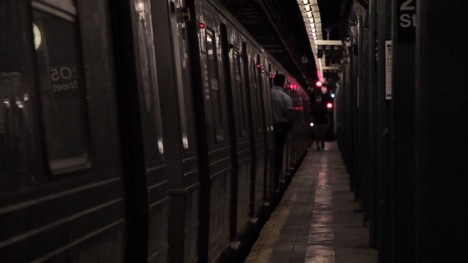
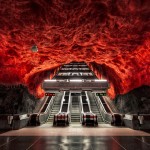
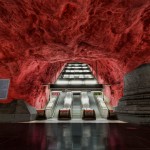


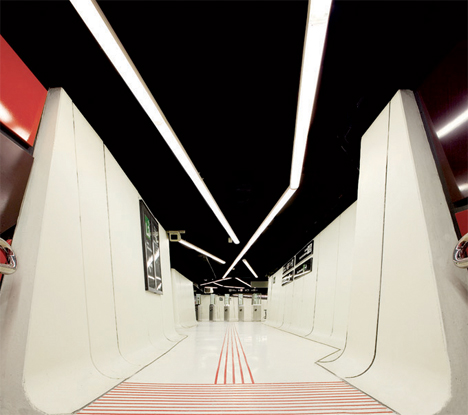
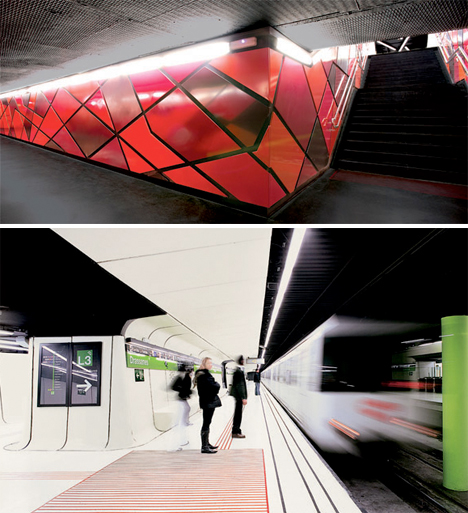
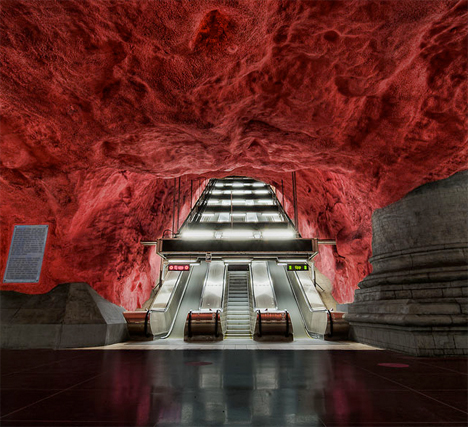
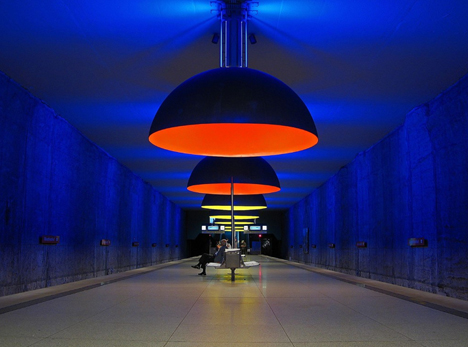
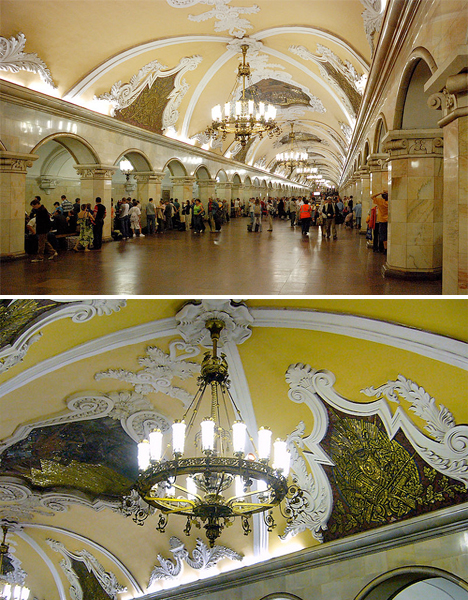
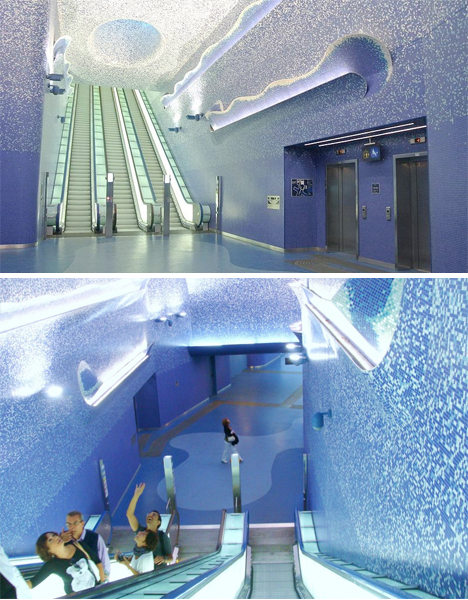





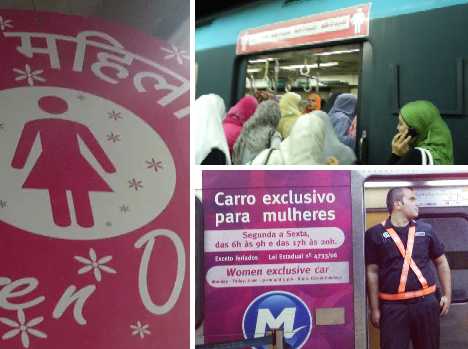


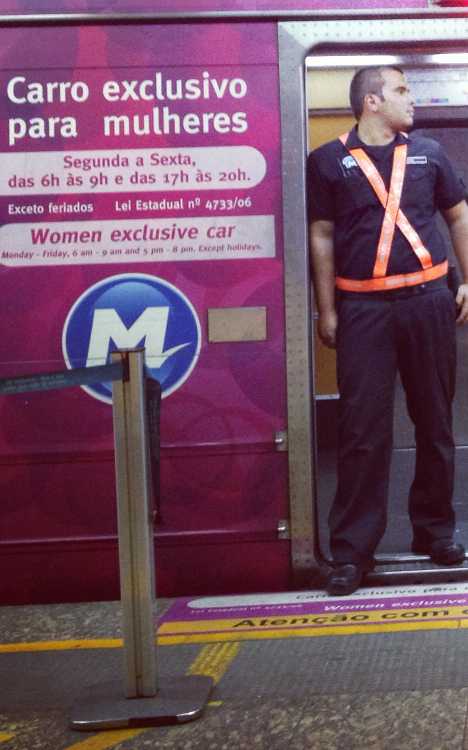
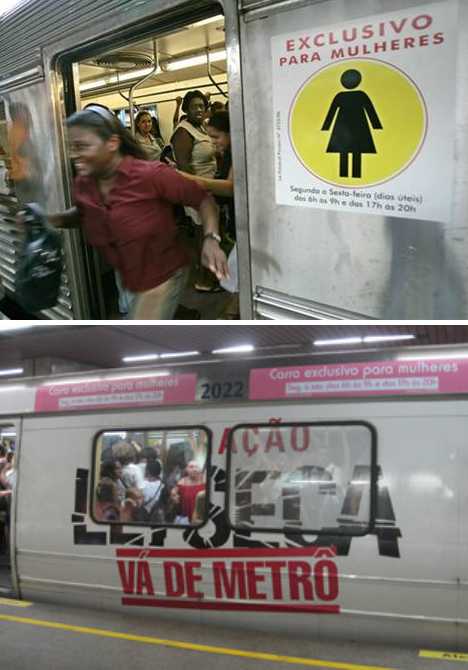
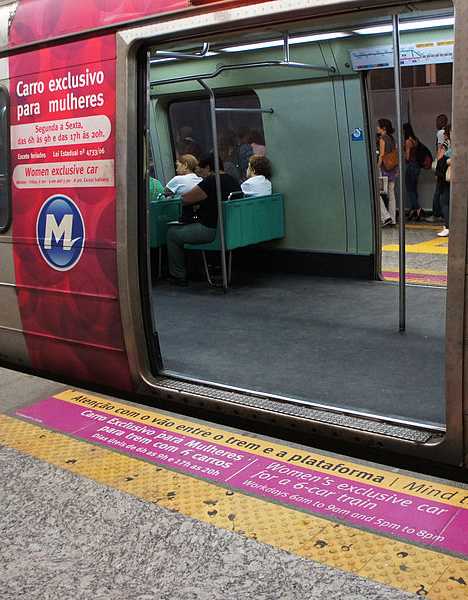
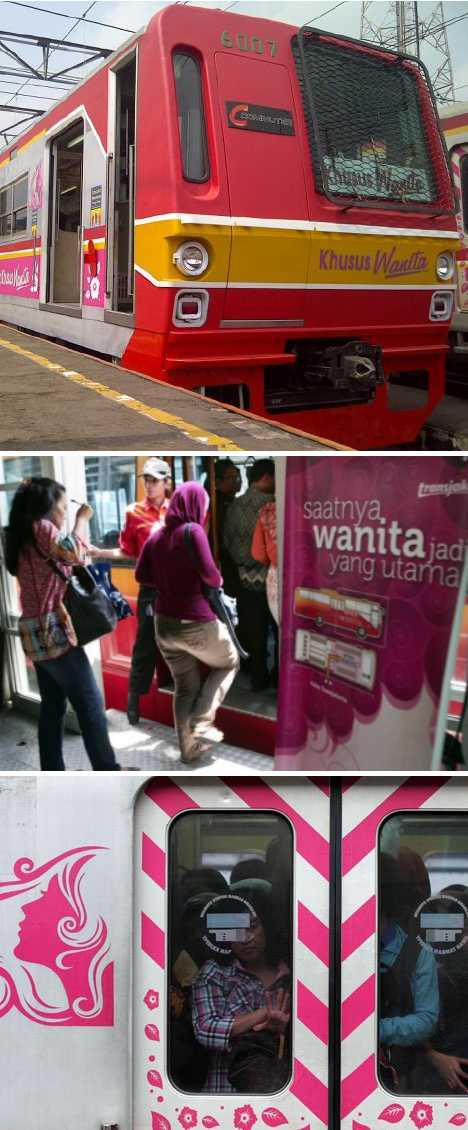

You must be logged in to post a comment.